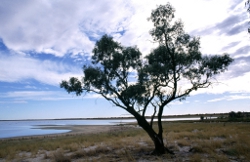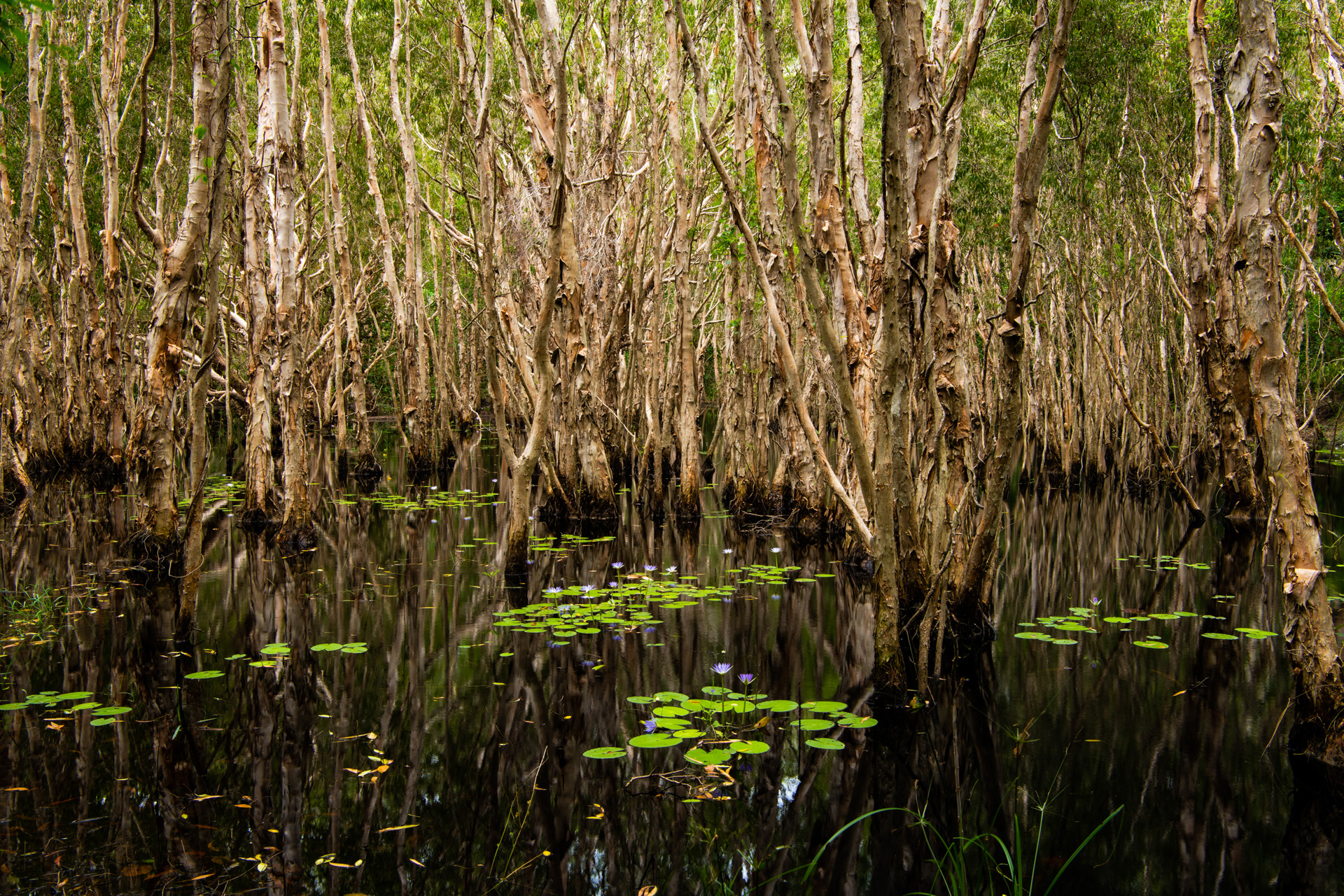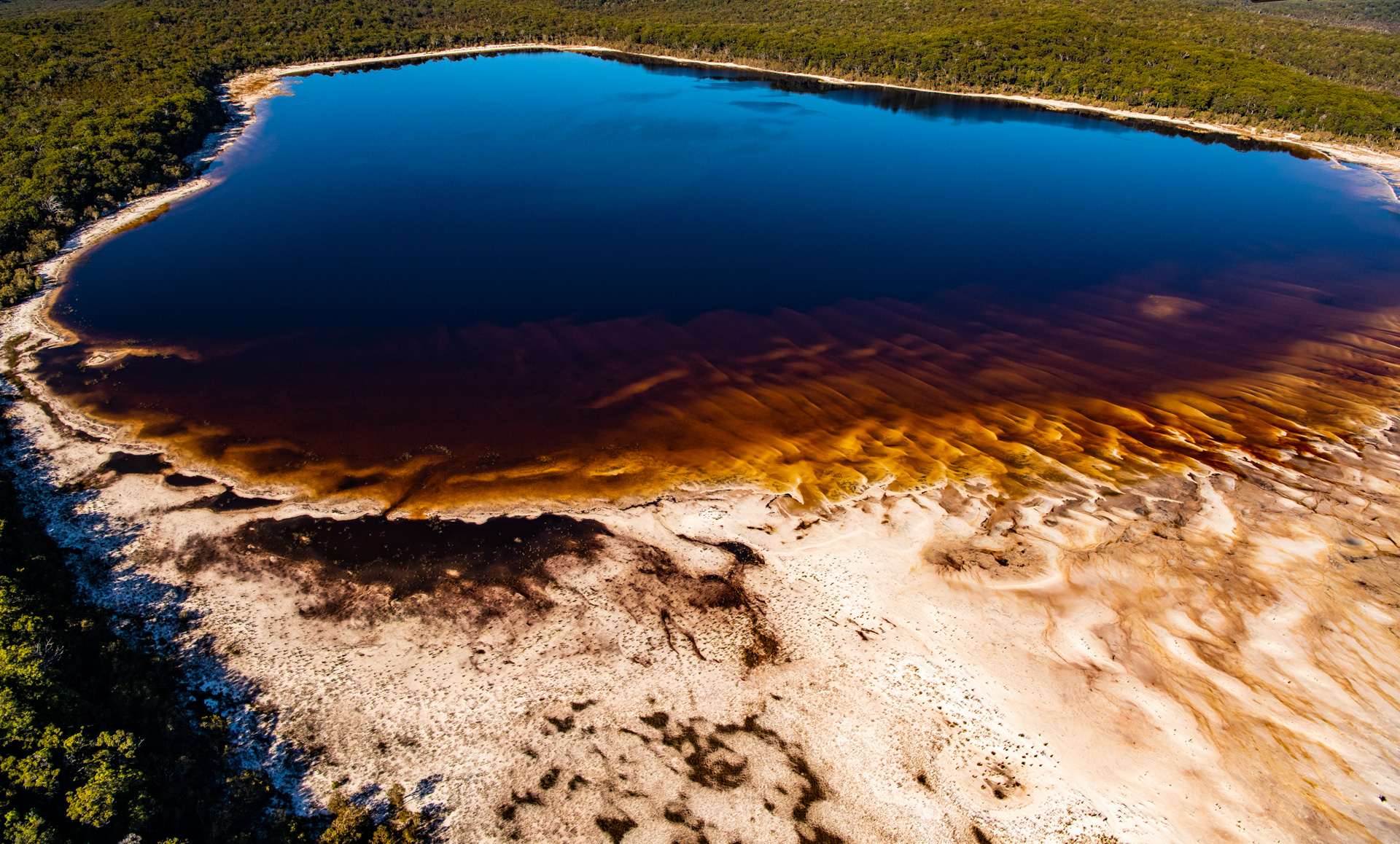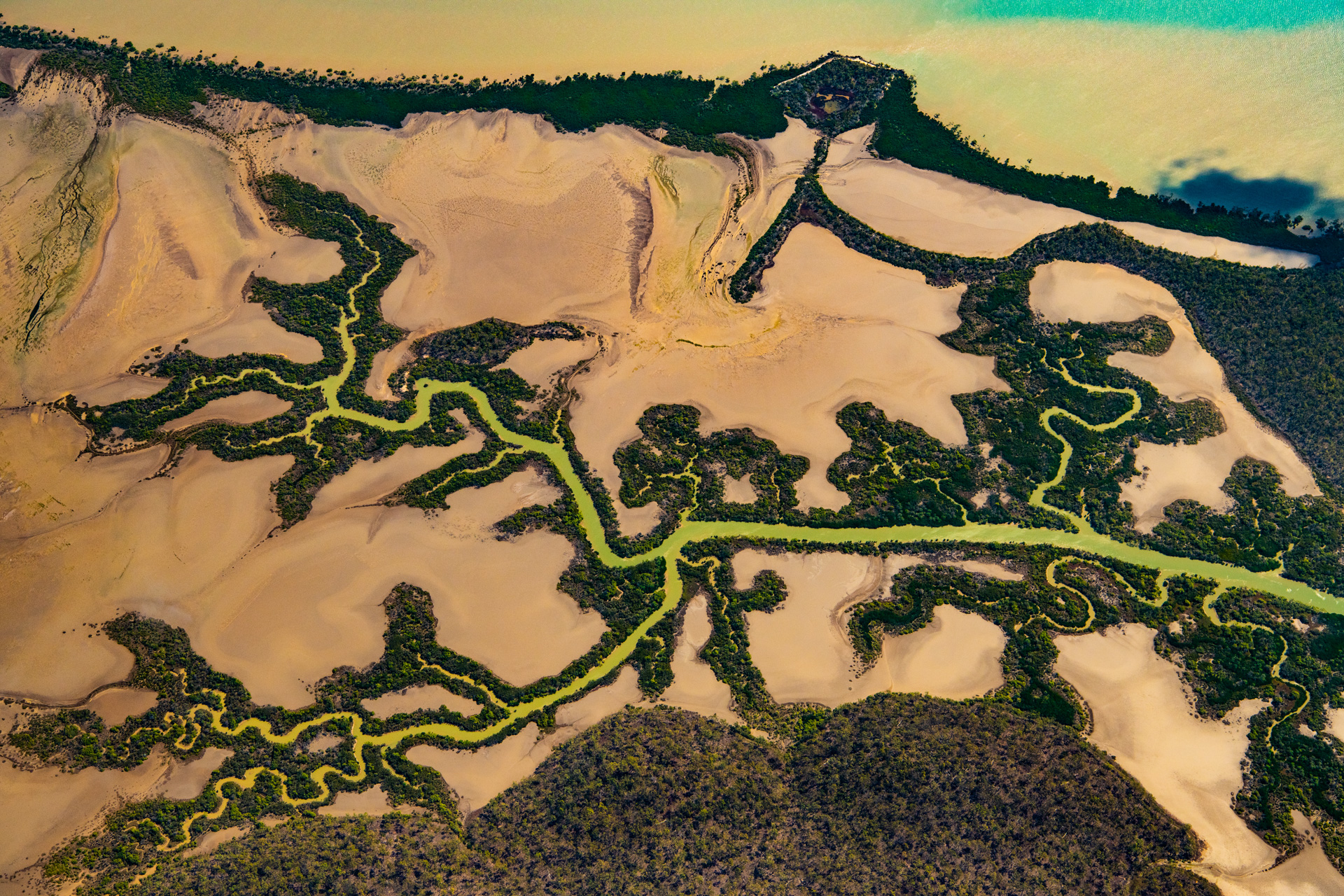|
|
Queensland wetland classification schemeThe Queensland Wetland Classification Scheme uses biological, physical and chemical characteristics to classify swamps (palustrine wetlands), lakes (lacustrine wetlands), rivers (riverine wetlands), and vegetated intertidal wetlands above mean sea level. The scheme follows the general wetland classification steps. The attributes are included in the wetland mapping or can be derived from the underlying datasets which contribute to the wetland mapping. Further information
Quick facts
PurposeThe purpose of the Queensland wetland classification scheme (scheme) is to provide general attribute information for swamps (palustrine wetlands), lakes (lacustrine wetlands), rivers (riverine wetlands), and vegetated intertidal wetlands above mean sea level in Queensland based on hydro-geo-ecological drivers which has the potential for use in many different management applications. The scheme provides a transparent, scientifically robust and logical approach to developing foundational ecological information upon which management, decision making and research can be built. The scheme is flexible to ensure that the attributes are relevant to a broad range of purposes, supporting the development of different typologies to address specific needs, such as a management question or research topic. The scheme integrates with and complements other relevant state and national mapping, datasets and classification schemes. For example, it adapts and extends the Australian National Aquatic Ecosystem framework. BenefitsAdvantages of the Queensland wetland classification scheme are:
ScaleThe scheme can be applied at five levels—regional, subregion, seascape, habitat and community. For each spatial level there is a set of attributes across numerous themes. A detailed list of attributes is available to accommodate a wide range of uses. Application of the classification scheme at a particular level will depend on the availability of the underlying attribute data. Attributes and qualifiersClassification provides definitions and categorisation of attributes of the environment. The attributes and thresholds were chosen through extensive consultation with stakeholders as they represent some of the key drivers, based on wetland components and processes, for wetland habitat function. Pages under this sectionLast updated: 12 October 2022 This page should be cited as: Department of Environment, Science and Innovation, Queensland (2022) Queensland wetland classification scheme, WetlandInfo website, accessed 18 March 2024. Available at: https://wetlandinfo.des.qld.gov.au/wetlands/what-are-wetlands/definitions-classification/classification-systems-background/qld-wetland-classification/ |

 — Department of Environment, Science and Innovation
— Department of Environment, Science and Innovation






